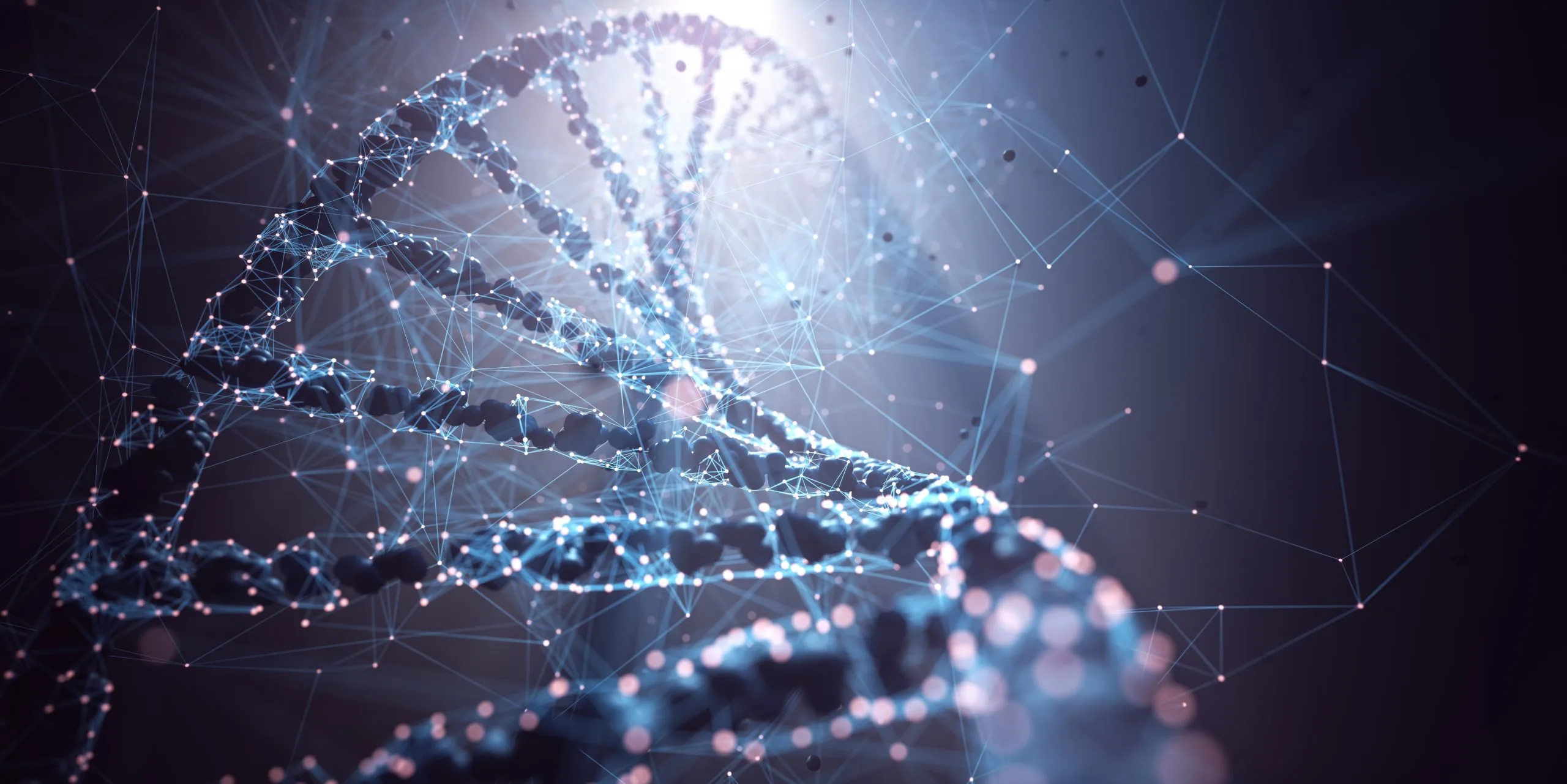Last Updated on July 21, 2024 by Team Yantra
An artificial intelligence tool could create anti-microbial proteins that work in real life. According to scientists, this strategy could be utilized to develop novel treatments. Proteins are made up of amino acid chains. Scientists believe the new approach will revitalize the 50-year-old field of protein engineering by expediting the synthesis of new proteins that can be used for nearly anything, from pharmaceuticals to dissolving plastic. The sequence of these acids determines the structure and function of the protein. Ali Madani and his colleagues at Profluent, a biotechnology start-up in California, employed an AI to design millions of new proteins, then synthesized a small sample of them to see if they functioned.
ProGen is the AI in consideration, and it functions similarly to text-generating AI technologies. The data fed into any powerful artificial intelligence program is its foundation. ProGen learned how to make new proteins by studying the grammar of how amino acids join to form the 280 million proteins that exist today.
The researchers incorporated checks into the AI’s process to prevent it from producing amino acid “gibberish,” but they also tested a sample of the AI-proposed compounds in real cells. 66 of the 100 molecules they physically generated functioned in chemical reactions similar to those of natural proteins that eliminate bacteria in egg whites (known as hen egg white lysozyme or HEWL) and saliva. This suggested that the new proteins could also destroy bacteria.
Two of the artificial enzymes were able to break down bacterial cell walls with activity comparable to HEWL, despite the fact that their sequences were only roughly 18% identical. The two sequences were approximately 90% and 70% similar to any known protein, respectively.
In a subsequent round of screening, the scientists discovered that the AI-generated enzymes showed activity even when just 31.4% of their sequence matched any known natural protein. Simply by reviewing raw sequence data, the AI was able to determine how the enzymes should be shaped. The atomic structures of the manufactured proteins appeared to be correct when measured using X-ray crystallography, despite the fact that the sequences were unique.
According to James Fraser of the University of California, San Francisco, who was part of the team, it was not evident from the start that the AI could change the amino acid sequence so drastically and yet produce the desired form.
“It was sort of a ‘it looks like a duck, it quacks like a duck, it walks like a duck’ situation,” Fraser explains. He was surprised to discover a functional protein in the initial relatively small fraction of all ProGen-generated proteins tested.
“The language model is learning aspects of evolution, but it’s different than the normal evolutionary process,” Fraser stated. “We now have the ability to tune the generation of these properties for specific effects. For example, an enzyme that’s incredibly thermostable or likes acidic environments or won’t interact with other proteins.”
According to Madani, a similar approach might be used to manufacture new test molecules for medication development, however they will still need to be examined in labs, which takes time.

Leave a Reply
You must be logged in to post a comment.